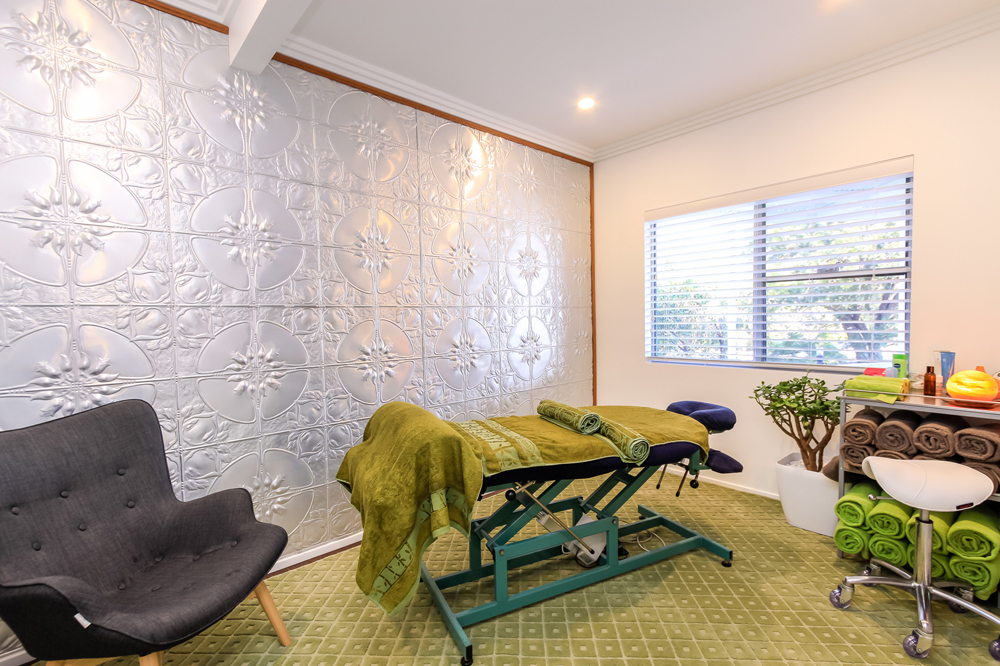Just what my body needed. Remedial massage to straighten out some niggling problems. Good advice with how to improve flexibility to help my body deal with everyday activity. Thanks Float Om Kiama – I will be back!
Now available
Weighted Therapy
What is Weighted Therapy
Occupational Therapists know that light touch is alerting and can be overstimulating for people with sensory processing dysfunction. The deep pressure provided by weighted blankets has a calming, organizing effect. Temple Grandin even created a “Squeeze Machine” based on her research of light versus deep touch.
Think of it as when you swaddle an infant. The firm, snug hug of the blanket wrapped around a sleeping infant helps the infant to relax enough to drift off to sleep. This sensation and its effect is mimicked with a weighted blanket and is the basis for weighted blanket therapy.
Benefits of Weighted Blanket Therapy
Weighted blankets are similar to weighted vests in that they offer proprioceptive or deep touch pressure (DTP) to the body. Since we know that proprioceptive, deep touch pressure helps to release serotonin, a neurotransmitter that helps to regulate some brain functions, weighted blankets are used to help with sensory modulation and regulation.
These sensory-based interventions that have a DTP component have been shown to have a calming, organizing effect on one’s nervous system.
In a 2008 study published in Occupational Therapy in Mental Health, use of a 30-lb weighted blanket resulted in adult participants reporting lower anxiety (63%), lower physiological data (blood pressure, pulse rate, pulse oximetry), and positive calming effects (78%). Weighted blanket use in mental health settings, proactively and in crisis situations, had a calming effect that was reported to lower stress and provide a coping strategy in times of anxiety.
The use of weighted blankets has been expanded to include people with mental health diagnoses like post-traumatic stress disorder, ADHD, anxiety, and obsessive compulsive disorder. Study participants reported feeling safe, calm, and grounded following weighted blanket use. More recently, a 2011 study published in the Journal of Medical and Biological Engineering found the physiological effects of Deep Touch Pressure (medical data like heart rate, blood pressure, etc) corresponded with the participants’ reportedly lower anxiety levels following weighted blanket use. The study’s data validated a change in nervous system activity after deep touch pressure (weighted blanket) was introduced.
Since we know that people who experience sensory overstimulation experience real physiological symptoms, this study supports that deep touch pressure can help regulate those medical changes. Another study found that weighted blankets could be a sleep aid for people who experience insomnia. Their research indicated that the participants’ sleep time increased, and movements during sleep decreased, with weighted blanket use. Subjective data in this study was overwhelmingly positive, with subjects reporting they enjoyed using the weighted blanket during sleep.
So, the research indicates potential positive effects of weighted blanket use for:
- reducing anxiety
- lowering physiological indicators of stress (blood pressure, pulse rate)
- positive calming effects
- positive impact on sleep time and behavior.
Benefits of Power Napping
Naps and Sleep Deprivation Daytime naps can be one way to treat sleep deprivation, says Sara C. Mednick, PhD, sleep expert and author of Take a Nap! Change Your Life. “You can get incredible benefits from 15 to 20 minutes of napping,” she says. “You reset the system and get a burst of alertness and increased motor performance. That’s what most people really need to stave off sleepiness and get an energy boost.” The length of your nap and the type of sleep you get help determine the brain-boosting benefits. The 20-minute power nap – sometimes called the stage 2 nap – is good for alertness and motor learning skills like typing and playing the piano.
What happens if you nap for more than 20 minutes? Research shows longer naps help boost memory and enhance creativity. Slow-wave sleep – napping for approximately 30 to 60 minutes – is good for decision-making skills, such as memorizing vocabulary or recalling directions. Getting rapid eye movement or REM sleep, usually 60 to 90 minutes of napping, plays a key role in making new connections in the brain and solving creative problems.
Float OM Kiama offers a unique therapy incorporating 60 minutes of remedial massage treatment followed by 30 minutes of post massage blissful rest using a weighted therapy blanket. Find out more & book your session here.


